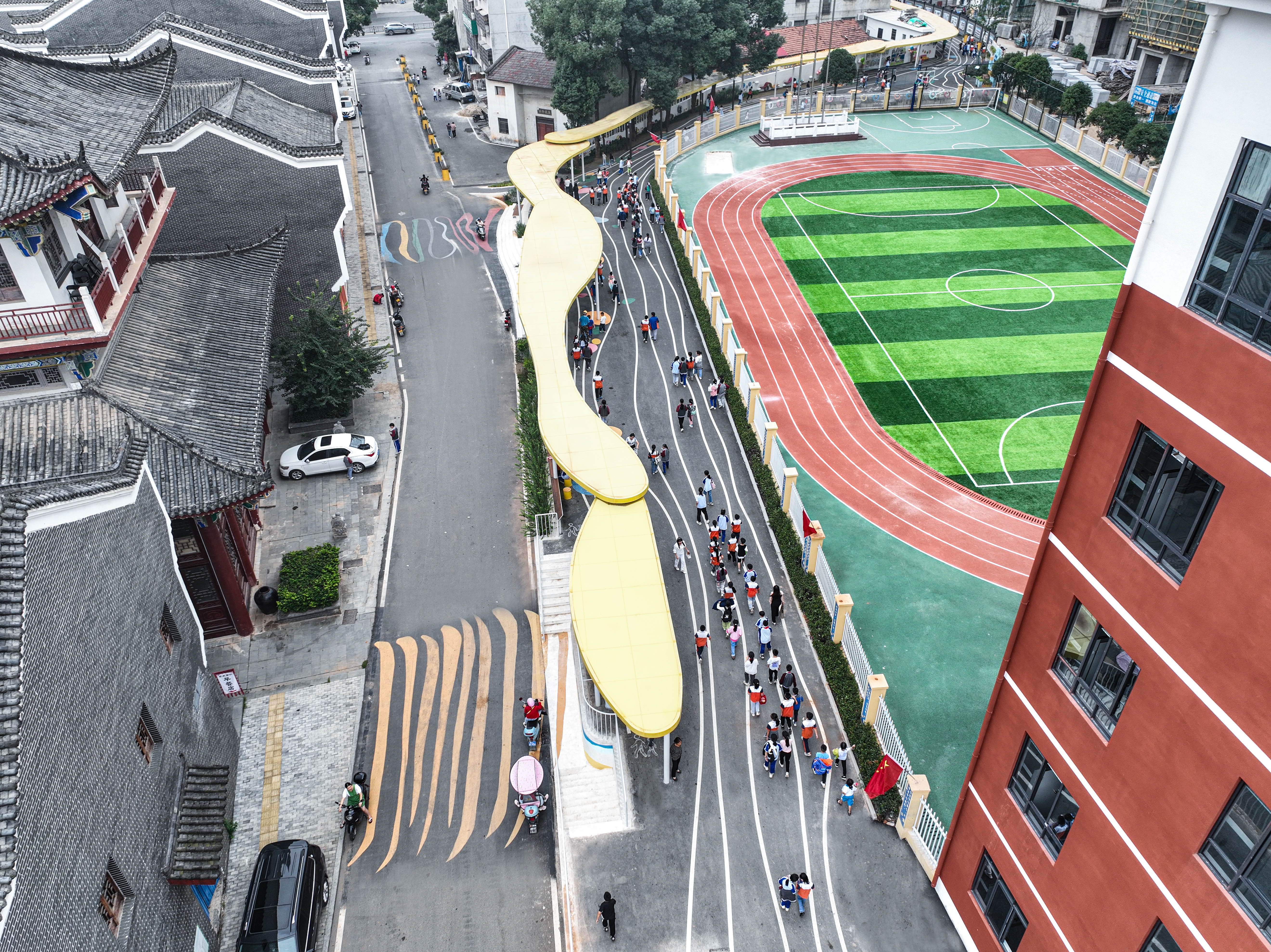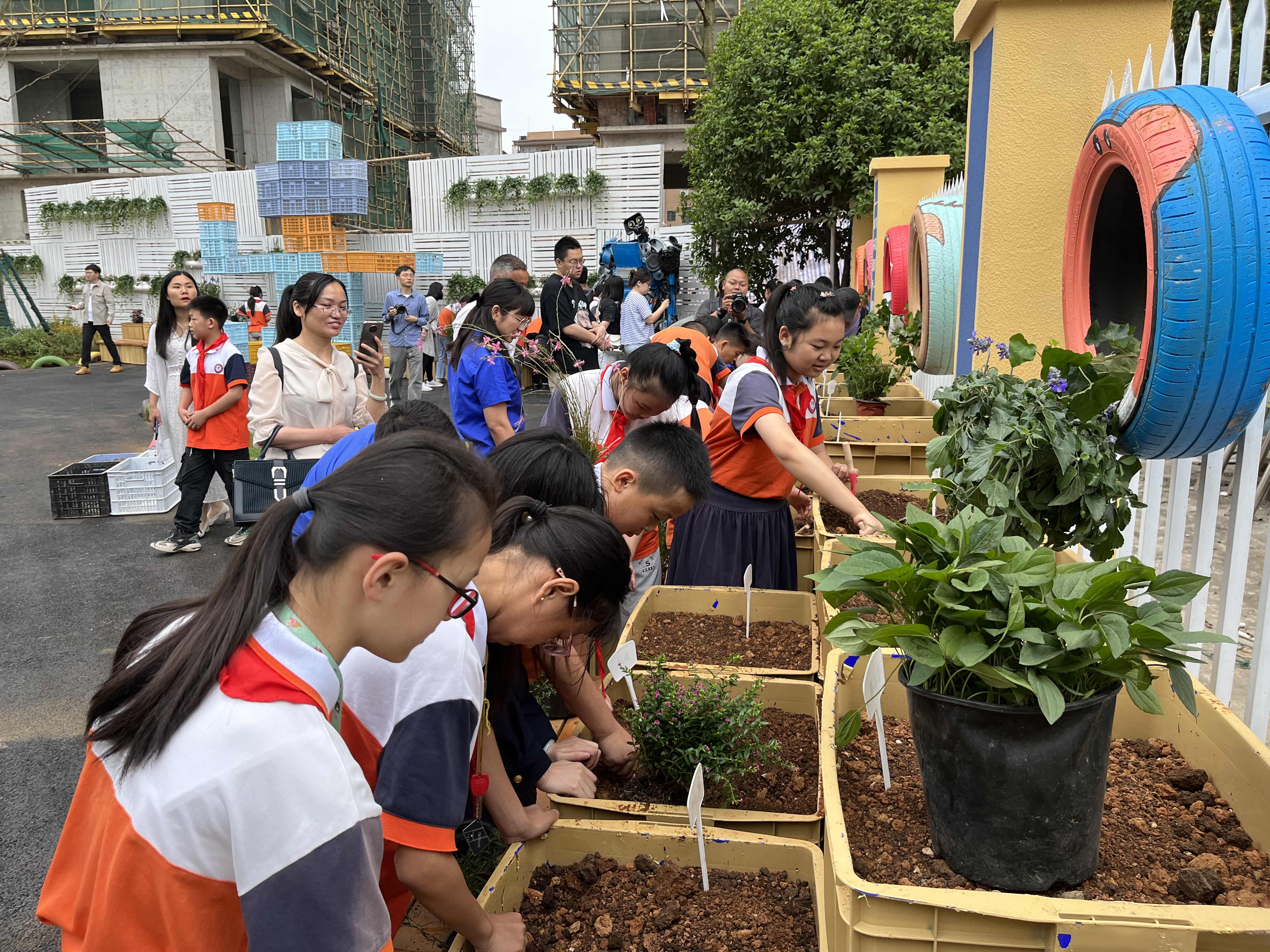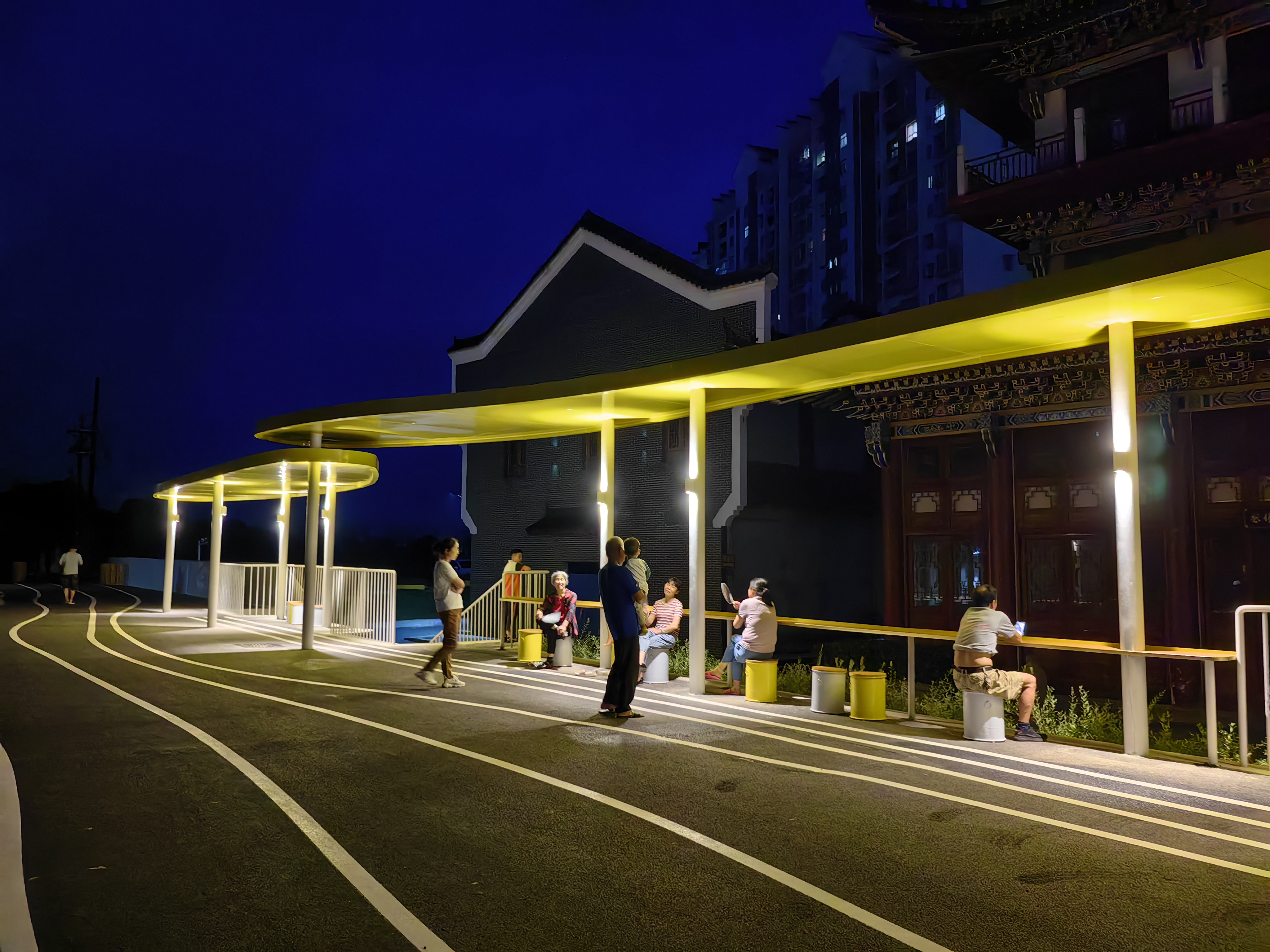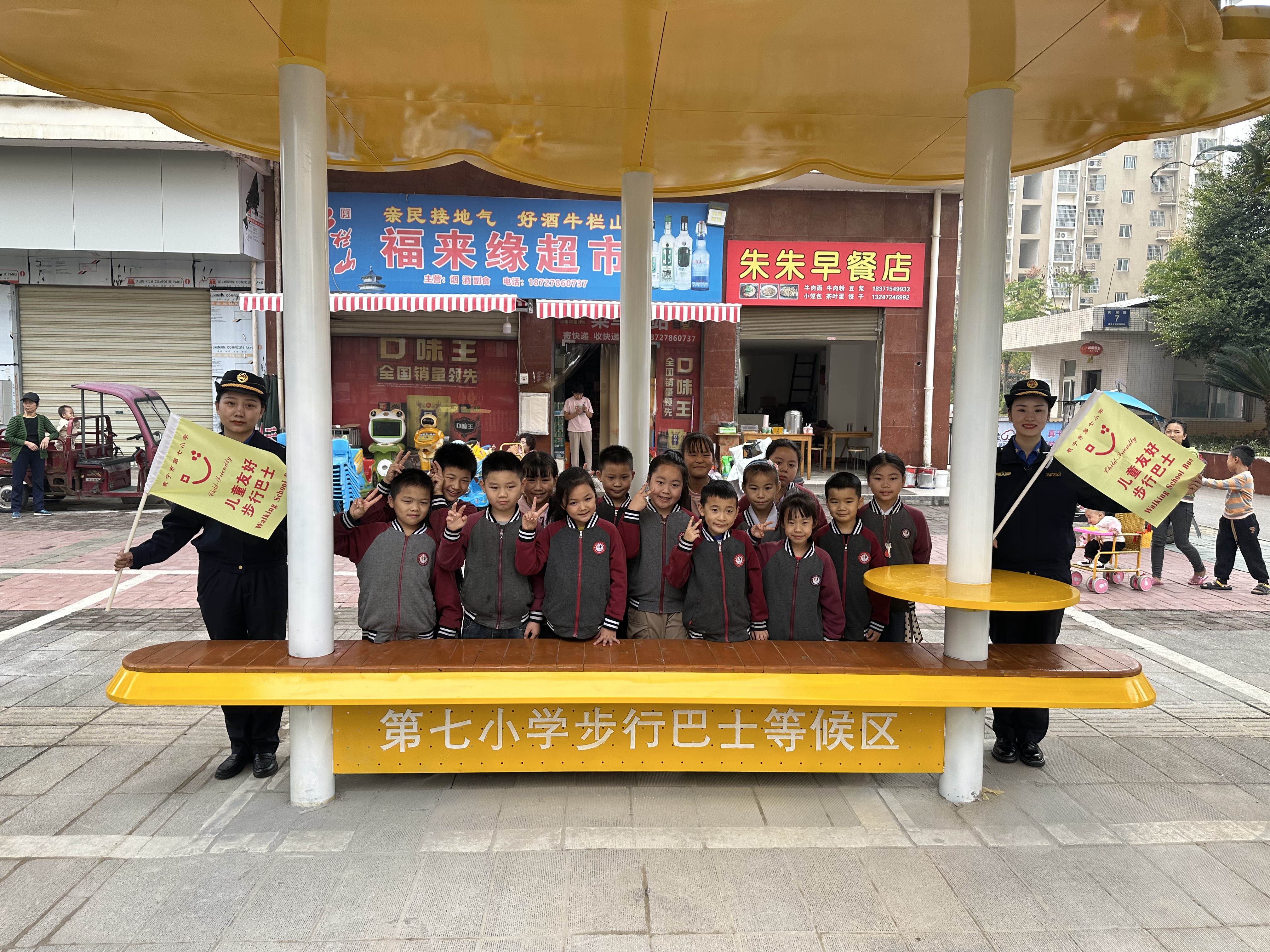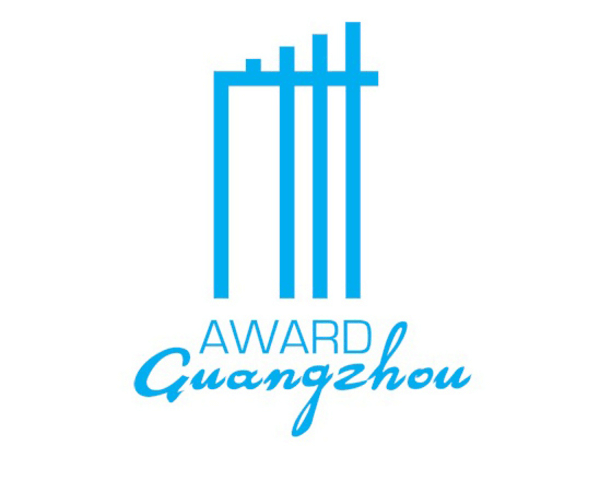Traffic congestion around city schools poses a significant challenge to urban management. A primary contributor to this problem is parents driving to drop off or pick up their children. This often leads to congestion at school entrances due to limited space, jeopardizing child safety. Furthermore, disparities in educational resources across different parts of the city, largely stemming from economic variations, exacerbate the issue.
Our action plan emphasizes the importance of creating high-quality public spaces for urban residents. By transforming disadvantaged school environments into child-friendly, learning-oriented spaces, we can address educational inequality in cities. Such environments not only encourage marginalized children to engage in social interactions, strengthening their communication skills and problem-solving abilities, but they also offer a fun, creative outlet. This is crucial for preventing negative psychological outcomes in these children. Rebuilding excellent child-friendly and learning-oriented environments in poorer social surroundings can alleviate the problem of educational inequity in cities. It also encourages left-behind children (both parents working in another city) to promote social interaction, strengthen their communications and social connections, enjoy the fun of creativity, and work collaboratively to solve problems — all of which can help prevent adverse psychological outcomes in children.
The proposed public spaces are designed with children's inputs and prioritize learning. Notably, over 50% of the materials used derived from recycled waste products. Our goal is to promote learning through play in these areas, aiming for healthier physical and psychological interactions among children. A successful children's public space can bolster learning, enhance parent and neighbour interactions, foster a sense of community, and instil local pride.
However, there's a noticeable gap in standard norms and design guidelines for such projects. Successful implementation requires collaboration across multiple departments for a holistic transformation.
Our initiative fostered a holistic collaboration between municipal leaders, various departments, and private entities to enhance the urban school environment:
Municipal Leadership: Leaders engaged with schools in person, interacted directly with schools, understanding concerns about traffic and promoting low-carbon commuting and eco-friendly lifestyles. Sought collaboration with all relevant departments to help create safer and child-friendly streets. Municipal leaders further enabled students to act as "Junior Mayors" for half a day, fostering their awareness of and participation in politics and policymaking.
City Planning Department: The department redirected funds for new teaching structures and transformation of toilet facilities. It coordinated with neighbouring unused land to create a bike parking space and allow the ground floor apartments to change land use to shops and food stalls to animate street life and to provide healthy and affordable meals to school children and teachers. It introduced breakfast and education-related businesses to the school vicinity by issuing new zoning permits. It organized the development of city-level child-friendly planning and design guidelines for schools and their surrounding environment, a first in China.
Housing and Construction Bureau: The bureau reallocated funds to establish uninterrupted pedestrian paths outside schools, with an emphasis on eradicating sidewalk parking to bolster traffic safety.
City Management Committee: This committee implemented new traffic signal control systems at intersections frequently used during school commute hours, installed security surveillance cameras, and added new streetlights along the roads.
Private Developers: They granted access to their roads, removed walls and fences, and provisioned open spaces for makeshift parking, minimizing clashes between pedestrians and vehicles during school hours.
Guangzhou Water Group: Contributing uniquely, this group donated planting soil, a by-product of their innovative wastewater treatment process (patented technology). They also championed student education on environmental consciousness, sustainable practices, low-carbon initiatives, and waste recycling applications within the renovation project.
